Sjögren’s Syndrome isn’t just dry eyes and a sticky mouth. It’s your immune system turning on the very glands that keep you moist - the ones that make tears, saliva, and other fluids. Imagine your body’s natural lubricants suddenly shutting down. That’s what happens in Sjögren’s, and for millions of people, it’s not a minor annoyance - it’s a life-altering condition that no one talks about enough.
What Exactly Is Sjögren’s Syndrome?
Sjögren’s Syndrome is an autoimmune disease where your immune system, which normally fights off viruses and bacteria, starts attacking your own moisture-producing glands. These include the tear glands in your eyes and the salivary glands under your jaw and tongue. The result? Chronic dryness that doesn’t go away with a glass of water or eye drops.
First described by Swedish doctor Henrik Sjögren in 1933, the condition was long dismissed as just "old age" or "stress." But today, we know better. About 4 million Americans have it - and 90% of them are women, usually diagnosed between ages 45 and 55. It’s one of the most common autoimmune diseases in the U.S., yet most people - including doctors - don’t recognize it right away.
There are two types: primary Sjögren’s, which stands alone, and secondary Sjögren’s, which shows up alongside other autoimmune diseases like rheumatoid arthritis or lupus. About half of all cases fall into the secondary category.
The Symptoms Are More Than Just Dryness
If you think Sjögren’s is just about being thirsty or having gritty eyes, you’re missing the bigger picture. The dryness is only the tip of the iceberg.
- Dry eyes: Redness, burning, a gritty feeling - like sand is stuck under your eyelids. Some people can’t wear contact lenses anymore.
- Dry mouth: Saliva dries up. Eating bread, crackers, or even swallowing pills becomes a chore. You need to sip water constantly. Taste changes. Cavities multiply - people with Sjögren’s are 5 to 10 times more likely to lose teeth.
- Joint pain and fatigue: Around 30-50% of patients feel achy joints, like they have arthritis. But the fatigue? That’s worse. Up to 70% describe it as "bone-deep," unrelenting, and not fixed by sleep. Many say it’s like living with the flu every day.
- Brain fog: Trouble finding words, forgetting names, zoning out in meetings. It’s real. Patients call it "Sjögren’s brain."
- Other symptoms: Dry skin, vaginal dryness (affects about half of women), persistent dry cough, numbness or tingling in hands and feet, and even rashes on the legs or feet.
One Reddit user wrote: "I used to love sandwiches. Now I need a whole bottle of water just to get through one." Another shared: "My gynecologist didn’t believe vaginal dryness was part of this. I cried in her office. It took 18 months to find someone who listened."
Why Is It So Hard to Diagnose?
Most people see three or more doctors before getting a diagnosis. On average, it takes 2.8 years from when symptoms start to when someone is officially diagnosed.
Why? Because the symptoms mimic so many other things:
- Is it allergies?
- Is it side effects from your blood pressure med?
- Is it just aging?
- Did you just not drink enough water?
Doctors aren’t trained to think "autoimmune disease" when someone says, "My eyes are dry." But here’s the key: Sjögren’s isn’t just about dryness. It’s systemic. That means it can affect your lungs, kidneys, nerves, and even your thyroid.
Diagnosis requires a mix of things:
- Symptoms: Dry eyes and mouth lasting at least three months.
- Tests: Schirmer’s test (measures tear production - less than 5mm in 5 minutes is abnormal), and a saliva flow test (less than 1.5mL in 15 minutes).
- Blood tests: Looking for anti-SSA/Ro and anti-SSB/La antibodies. These show up in 60-70% of cases.
- Biopsy: A tiny sample from the inner lip - if you see clusters of immune cells in the salivary glands, that’s a telltale sign.
And now, newer tools like salivary gland ultrasound are being used. They’re 85% sensitive and 92% specific - meaning they catch the disease accurately without false alarms.
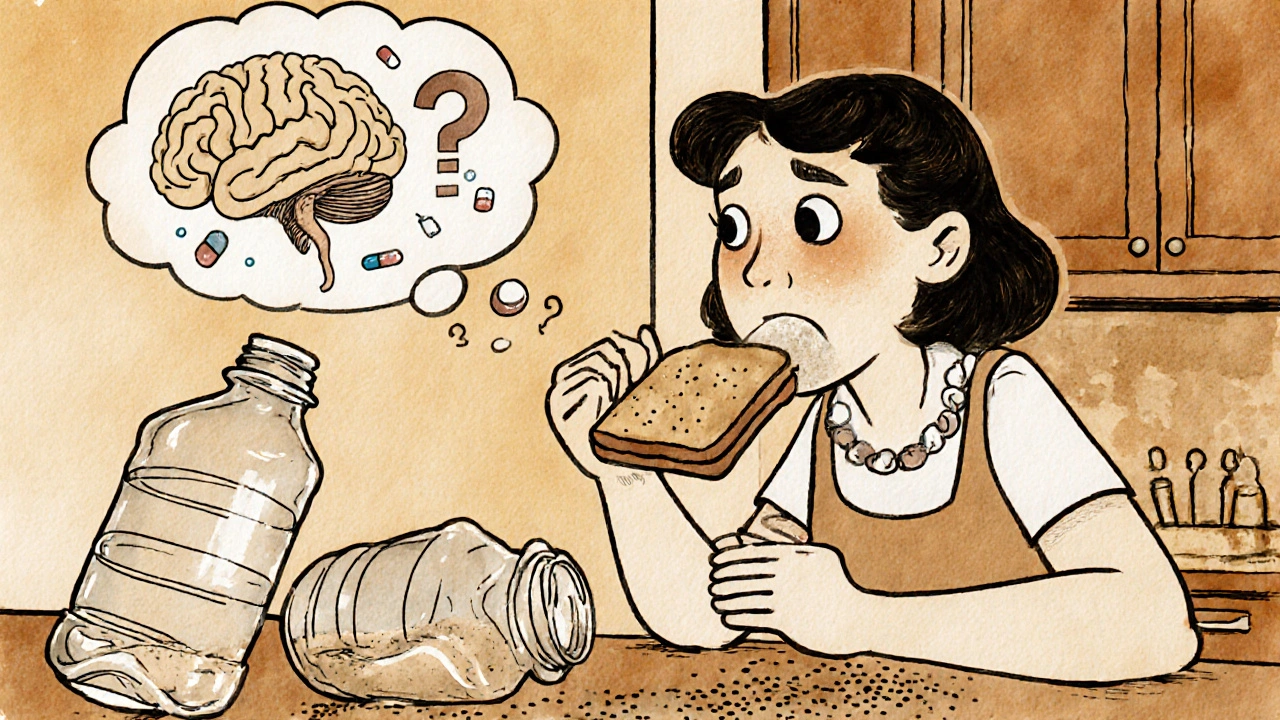
It’s Not Just a Mouth and Eye Problem
One of the biggest misunderstandings is that Sjögren’s is "just dryness." But it’s not. The disease can attack internal organs.
Up to 25% of patients develop lung issues - dry cough, shortness of breath, or even scarring in the lungs. About 10-15% get nerve damage, causing burning or numbness in their limbs. Some develop kidney inflammation or liver problems. And then there’s the biggest fear: lymphoma.
People with Sjögren’s have a 4-5% lifetime risk of developing non-Hodgkin lymphoma. That’s 10 times higher than the general population. It’s rare, but real. That’s why regular check-ups and monitoring are critical.
"Sjögren’s Syndrome is not just about dry eyes and dry mouth," says Dr. Alan Baer from Johns Hopkins. "It’s a systemic disease that affects the entire body."
How Is It Treated?
There’s no cure - yet. But there are ways to manage it, and the options are expanding.
For dry eyes: Preservative-free artificial tears, 8-10 times a day. Some use punctal plugs - tiny devices inserted into tear ducts to keep natural tears in longer. Cyclosporine eye drops (Restasis) can help reduce inflammation.
For dry mouth: Sugar-free gum, sipping water, humidifiers. Saliva substitutes help, but they’re temporary. Prescription drugs like pilocarpine (5mg three times a day) or cevimeline (30mg three times a day) can actually stimulate your glands to produce more saliva. About 60-70% of patients report real improvement.
For joint pain and fatigue: Hydroxychloroquine (Plaquenil), a drug also used for malaria and lupus, is prescribed to about half of patients. It helps about a third of them feel better. For more severe cases, newer biologics are being tested.
Big news in 2023: The FDA approved Efgartigimod (Vyvgart Hytrulo), the first new treatment for Sjögren’s in 20 years. In trials, it improved dry mouth symptoms by 35% compared to placebo.
Dental care is non-negotiable. You need to see your dentist every 3-4 months, not 6. Fluoride treatments, special toothpaste, and avoiding sugary snacks are essential. One patient said, "I lost five teeth before I realized this wasn’t normal aging."
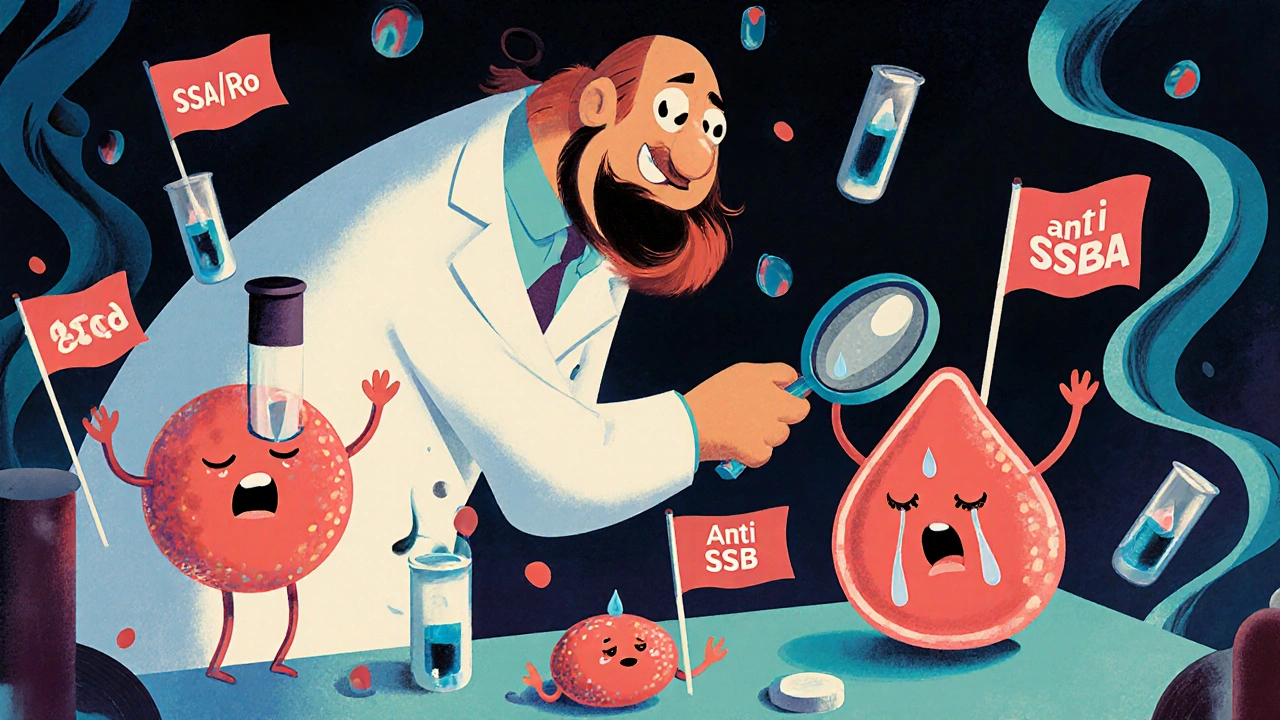
What Helps Beyond Medicine?
People with Sjögren’s learn to adapt. Many use:
- Humidifiers at night (keep levels between 40-60%)
- Lip balm and moisturizers for dry skin
- Water-based lubricants for vaginal dryness
- Omega-3 supplements - 52% of patients use them for inflammation
- Acupuncture - 23% say it helps with pain and fatigue
- Special oral care products - 89% use them
And lifestyle changes matter. Avoiding dry, windy, or air-conditioned spaces. Staying hydrated. Cutting back on caffeine and alcohol, which make dryness worse. Choosing soft, moist foods over crackers or toast.
Why Is Research Lagging?
Despite affecting 4 million Americans, Sjögren’s gets less research funding than many rarer diseases. In 2022, the NIH spent $28.7 million on Sjögren’s research. Compare that to $167 million for lupus and $114 million for rheumatoid arthritis - diseases with fewer patients.
That’s starting to change. In 2023, the NIH launched the Sjögren’s Precision Medicine Network, enrolling 5,000 patients across 25 sites to find biomarkers that predict who will get severe symptoms. Researchers also found a unique T-cell signature in 78% of patients - a possible future diagnostic tool.
And the TARGET initiative, a $15 million project, is now hunting for genetic markers that explain why some people get aggressive disease and others don’t.
What’s the Outlook?
The good news? Most people with Sjögren’s have a normal life expectancy. The bad news? Quality of life often drops by 30-40%. Fatigue, pain, and constant discomfort make daily life harder.
But awareness is growing. Diagnosis delays are shrinking - from 3.2 years in 2018 to 2.8 years today. More doctors are learning about it. More patients are speaking up. And new treatments are on the horizon.
"I wish I’d known sooner," says one patient. "I thought I was just getting old. Now I know: this isn’t aging. This is an autoimmune disease. And I’m not alone."
Is Sjögren’s Syndrome the same as lupus or rheumatoid arthritis?
No. While Sjögren’s often overlaps with lupus or rheumatoid arthritis (in about 30-50% of cases), it’s a distinct disease. Lupus attacks multiple organs like the kidneys and skin more broadly, and rheumatoid arthritis mainly damages joints. Sjögren’s starts by targeting moisture-producing glands. But because symptoms overlap, it’s often misdiagnosed. Blood tests for anti-SSA/Ro and anti-SSB/La antibodies help tell them apart.
Can Sjögren’s Syndrome be cured?
There’s no cure yet. But treatments can manage symptoms effectively. Medications like pilocarpine and cevimeline can boost saliva and tear production. New drugs like Efgartigimod are showing promise for systemic symptoms. Research is accelerating, with over 12 therapies in clinical trials targeting the immune system’s role in the disease. The goal is not just to relieve dryness, but to stop the immune attack.
Why do only women get Sjögren’s Syndrome?
Women are far more likely to develop Sjögren’s - about 90% of cases - but men can get it too. The reason isn’t fully understood, but hormones likely play a role. Estrogen may influence immune system behavior, and some studies suggest X-chromosome genes may increase susceptibility. Research is ongoing to understand why the immune system targets moisture glands more often in women.
Can children get Sjögren’s Syndrome?
Yes, though it’s rare. Only 3-5% of cases occur in children, with some diagnosed as young as 8. Symptoms in kids can be harder to spot - they might complain of mouth pain or avoid eating, but not say "my eyes are dry." Pediatric rheumatologists now screen for it when unexplained dryness, joint pain, or fatigue shows up in children, especially if there’s a family history of autoimmune disease.
What should I do if I think I have Sjögren’s Syndrome?
Keep a symptom journal: note when your eyes feel gritty, how often you sip water, if you have joint pain or fatigue. See a rheumatologist - not your primary care doctor or dentist alone. Bring your journal and ask for tests: anti-SSA/Ro and anti-SSB/La blood tests, Schirmer’s test, and possibly a lip biopsy. If your doctor dismisses you, seek a second opinion. The Sjögren’s Syndrome Foundation offers free diagnostic checklists and specialist referrals.

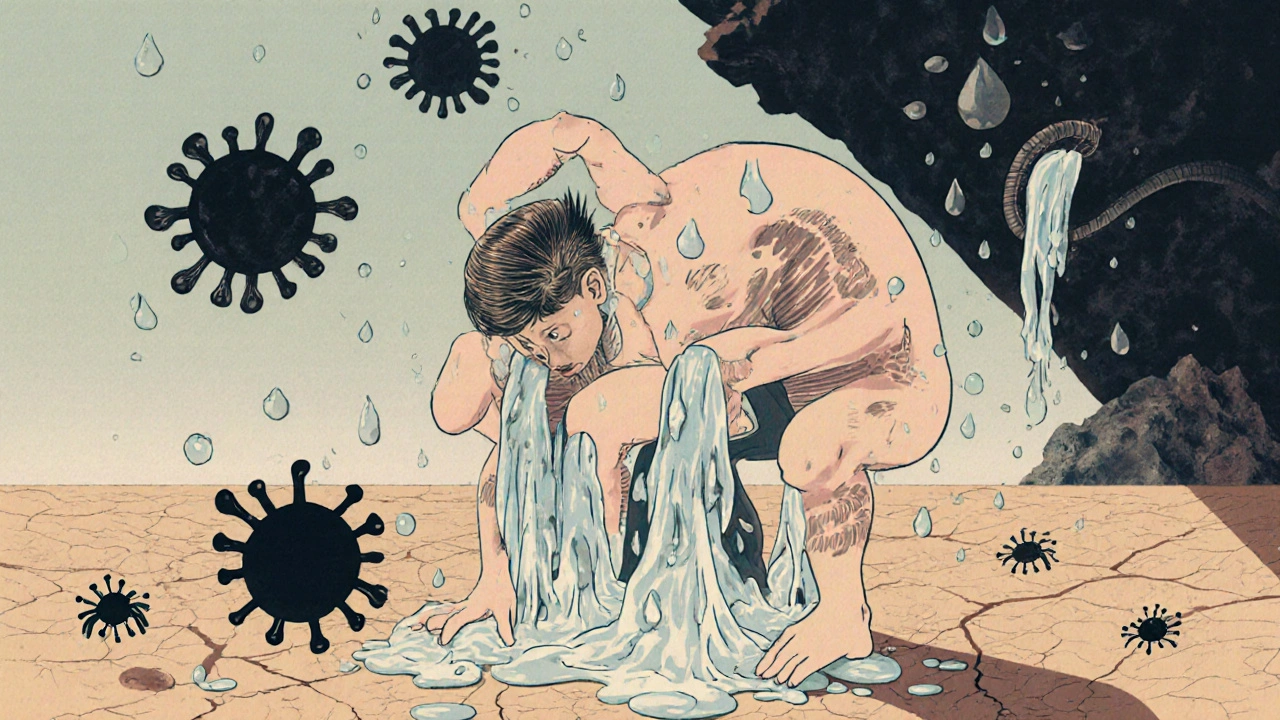
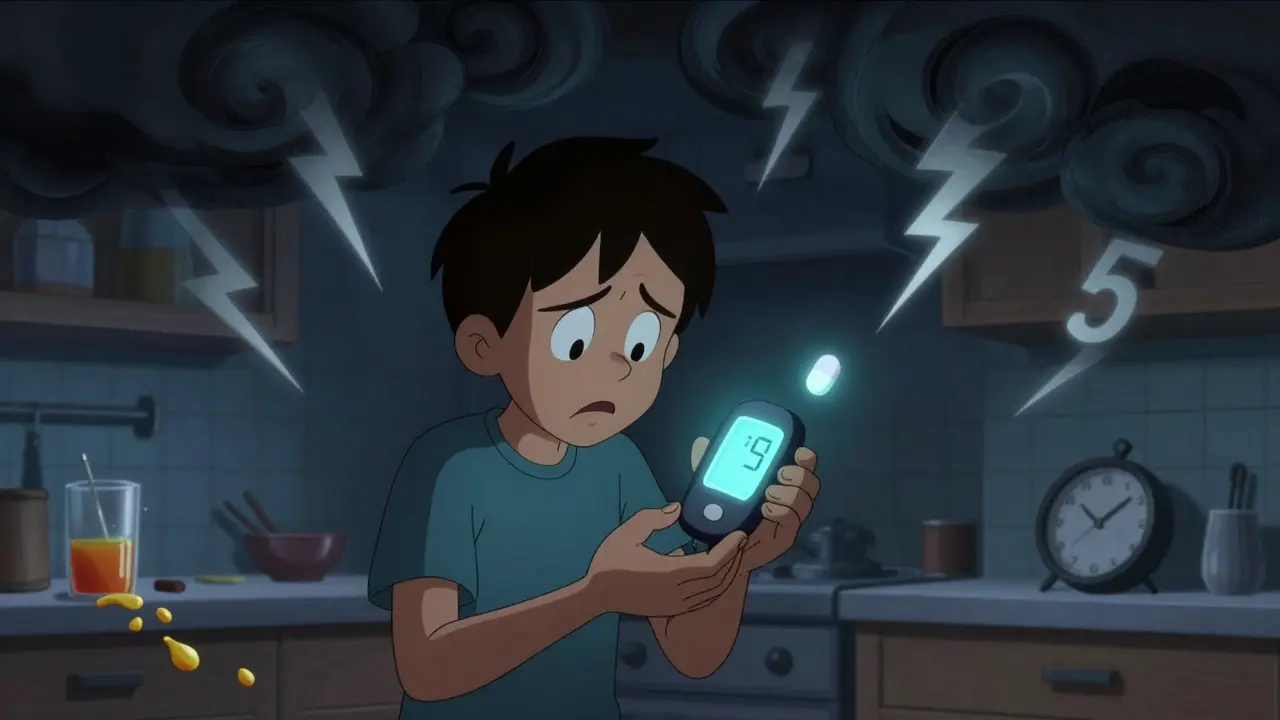
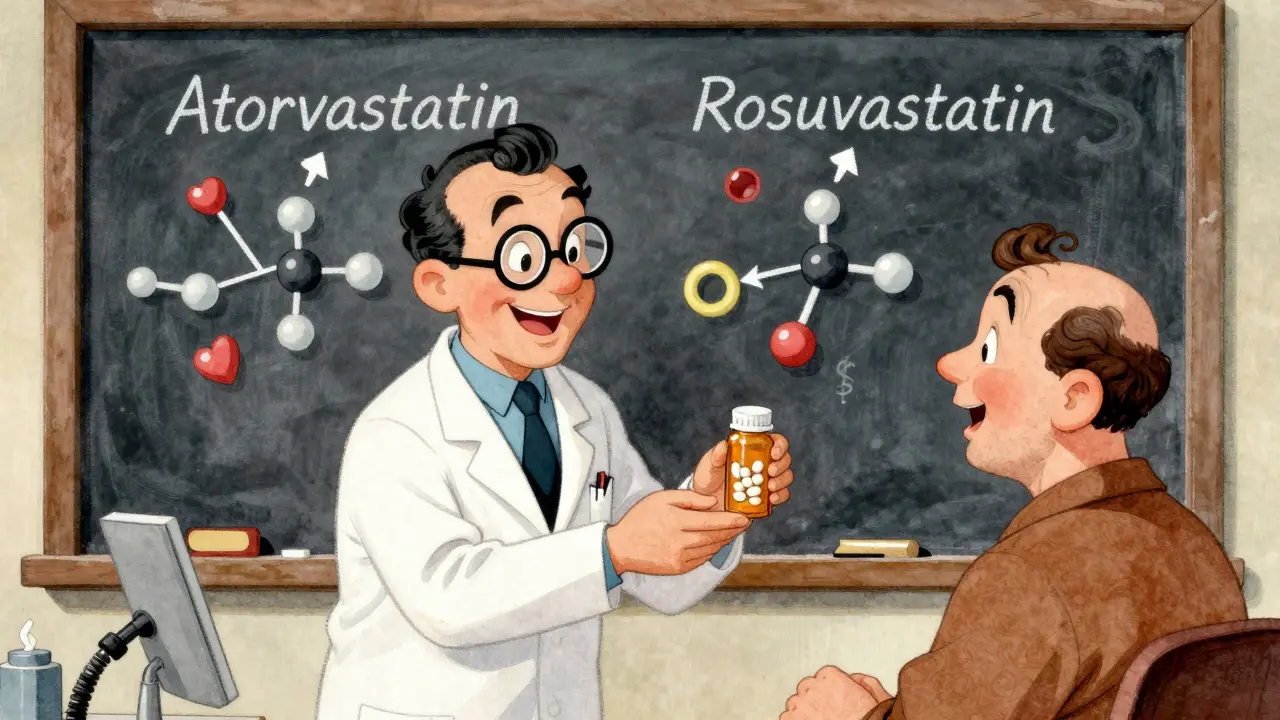
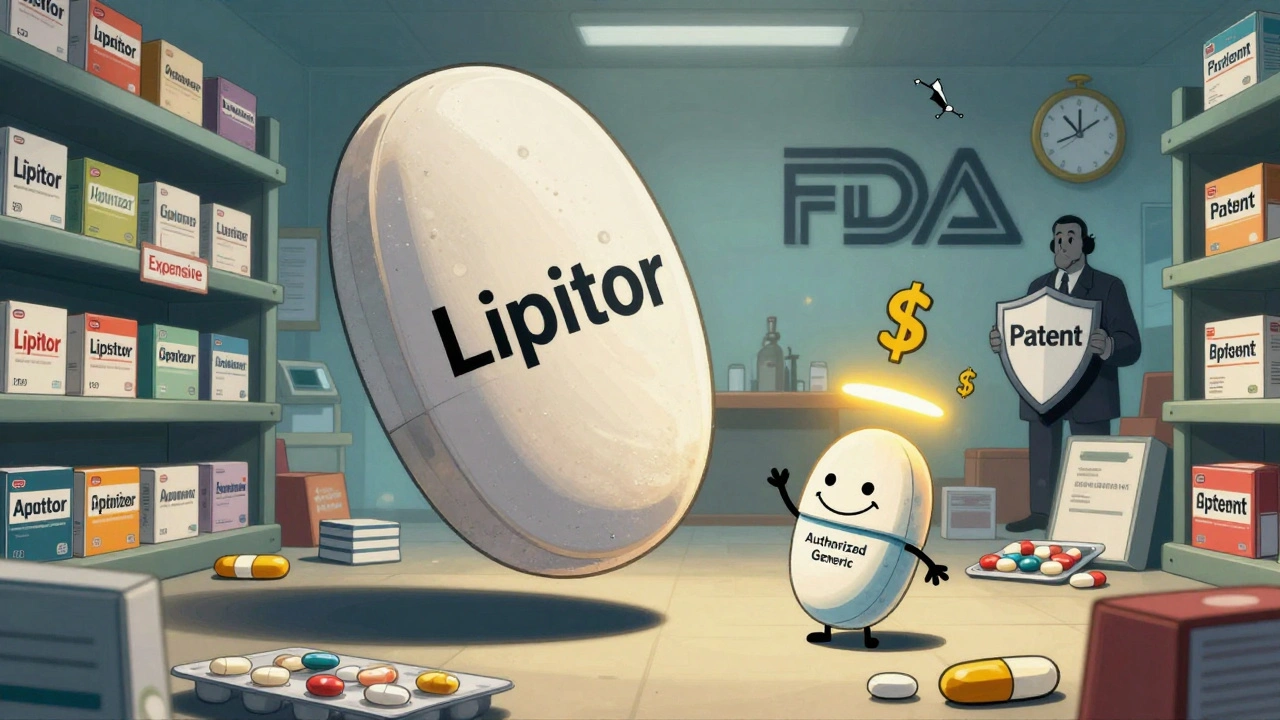
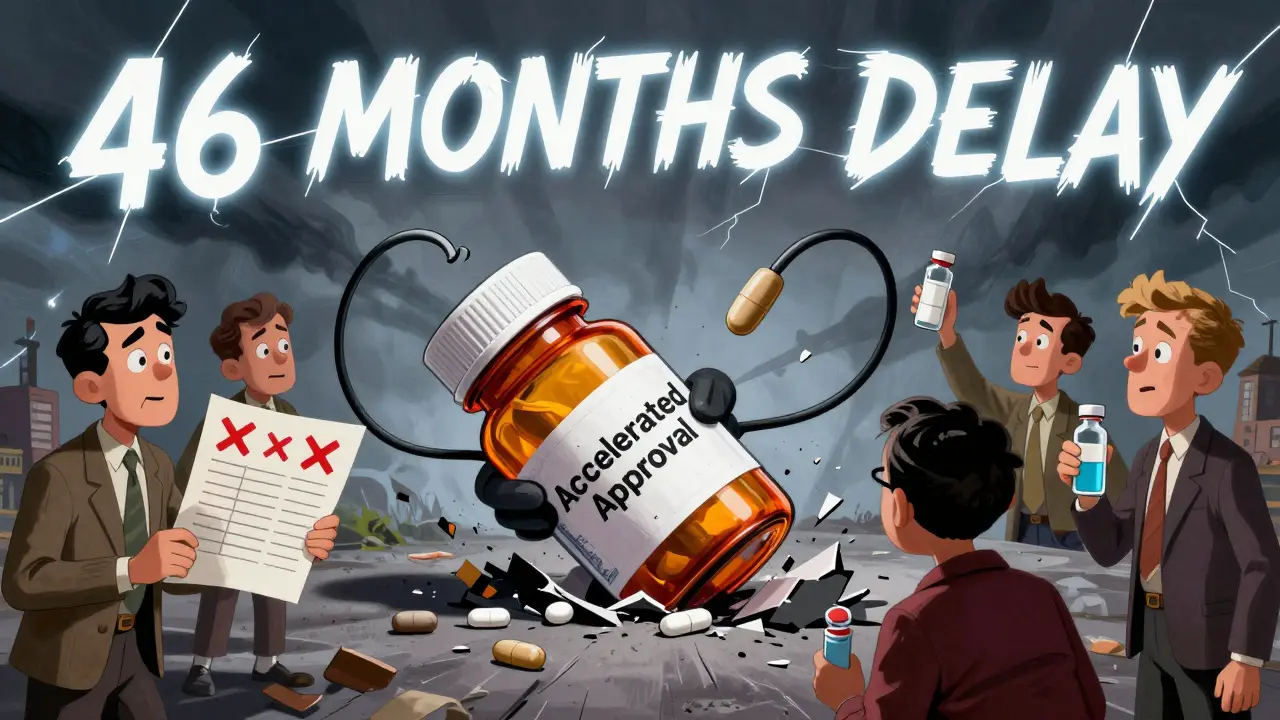

edgar popa
been living with this for 5 years and i still forget how much it sucks until i try to swallow a pill without water. thanks for writing this.
Eve Miller
It is unacceptable that this disease is so underfunded and misunderstood. The NIH spends more on diseases affecting fewer people. This is systemic neglect of women’s health. There is no justification.
Chrisna Bronkhorst
4 million people in the US and still treated like it’s just dry eyes? The medical system is broken. Also, why is everyone assuming it’s only women? I’m a guy with Sjogren’s and I’ve been dismissed 3 times. Data doesn’t lie but doctors still do.
Amie Wilde
the brain fog is the worst. i forgot my kid’s birthday last year. not because i didn’t care. because my brain just… stopped.
Gary Hattis
as someone who moved from India to the US, I’ve seen how differently this is treated. In the US, they at least test for it. Back home, doctors just say ‘drink more water’ and send you home. I’m lucky I found a rheumatologist here. If you’re reading this and you’re outside the US, don’t give up. Find a specialist. Even if it takes years.
Renee Ruth
they told me I was ‘too young’ to have Sjögren’s. I was 32. I cried for three days. Now I’m 41 and I’ve lost half my teeth. They didn’t even know what a Schirmer’s test was. This isn’t just a disease-it’s a betrayal by the medical establishment.
Samantha Wade
Thank you for this comprehensive, well-researched post. It is a vital resource for patients and clinicians alike. I have shared it with my entire rheumatology department. The inclusion of diagnostic criteria, treatment updates, and patient voices elevates this from informative to transformative. We must continue advocating for equitable research funding and early diagnosis protocols.
Elizabeth Buján
i used to think my fatigue was just from being a mom. then i realized i was falling asleep mid-sentence while reading bedtime stories. now i know it’s not laziness-it’s my immune system burning out my body. this isn’t just dryness. it’s grief. it’s loss. and it’s real. you’re not alone.
Andrew Forthmuller
wait so efgartigimod is actually approved? i thought that was still in trials. is it covered by insurance?
vanessa k
my dentist said i needed 12 fillings in 6 months. i thought i was just bad at brushing. turns out my saliva stopped working. now i carry a water bottle everywhere. even to the movies. people stare. i don’t care anymore.
manish kumar
as someone who has been managing this condition for over a decade, I want to emphasize that while the medical community is slowly catching up, the emotional toll is often the most unspoken part of this disease. The isolation, the disbelief from friends and family, the constant need to explain yourself-it wears you down in ways that dry eyes and fatigue cannot fully capture. I’ve learned to find community online, to speak up even when exhausted, and to celebrate small victories: a day without brain fog, a tooth saved, a doctor who listens. You are not a burden. Your pain is valid. And yes, there is hope-slow, hard-won, but real. Keep going. We’re here.